What I love about simple wooden blocks is their versatility. A child can use blocks to create a zoo . . . a school . . . a road! (Or, a road through a zoo that leads to school!) Blocks deliciously challenge a child’s fine and gross motor skills as they practice balancing and building, knocking and stacking. Most recently, I’ve used our blocks to teach my boys about shades, tints, and mixing colors. Read on to learn how they became Master Artists through this creative block activity.
Supplies Needed:
- 2 solid wooden blocks
- washable tempera paints (red, yellow, blue, black, and white)
- paintbrushes and a cup of water for rinsing brushes
- white paper
- disposable paper cups
Directions:
1. Paint the blocks.
2. When the blocks are dry, invite your child to shake them and roll them out like dice. The two colors that land on top will be the colors that your child has to mix. As pictured below, Owen rolled a black and a white.
3. Invite your child to squirt a small amount of each color into their cup. As they stir the paint, they will be amazed as they watch the color change right before their eyes!
Owen couldn’t believe that when black and white were mixed together, the color grey “happened” (as he called it).
A tint is any color with white added to it. A shade is any color with black added to it. And of course, when mixing primary colors, one can expect:
red + blue = purple
yellow + red = orange
yellow + blue = green
My children were fascinated that they both rolled the same colors (yellow and blue), yet they each created a different variation of green (due to the different amounts of paint added). They had fun naming their colors “Army Green” and “Pickle Green.” Can you guess which one is which?
Take the Activity Further By:
- Asking your child to predict the new color.
- Encouraging them to paint a picture of something that is realistic to the color that they created (such as a basketball for the color orange).
- Examining how the paint changes if they add a little more or less of a particular color.
- Searching for an object in nature that matches the color that they mixed.
Using blocks as a learning tool to teach children about tints, shades, and mixing colors is educational, fun, and (slightly) messy!
Will you try this at home?
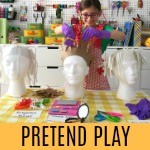
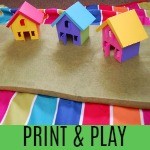
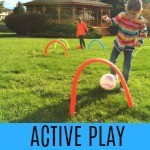
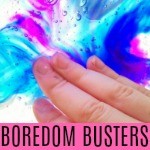
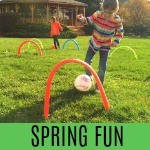
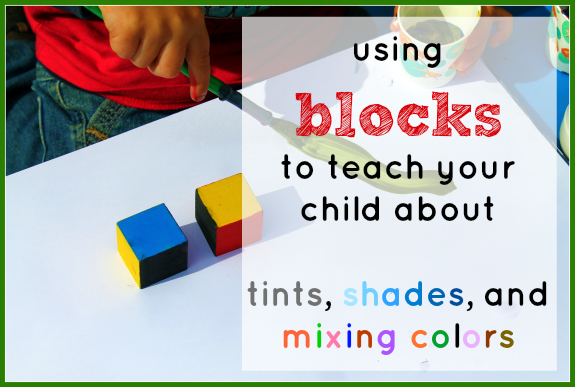

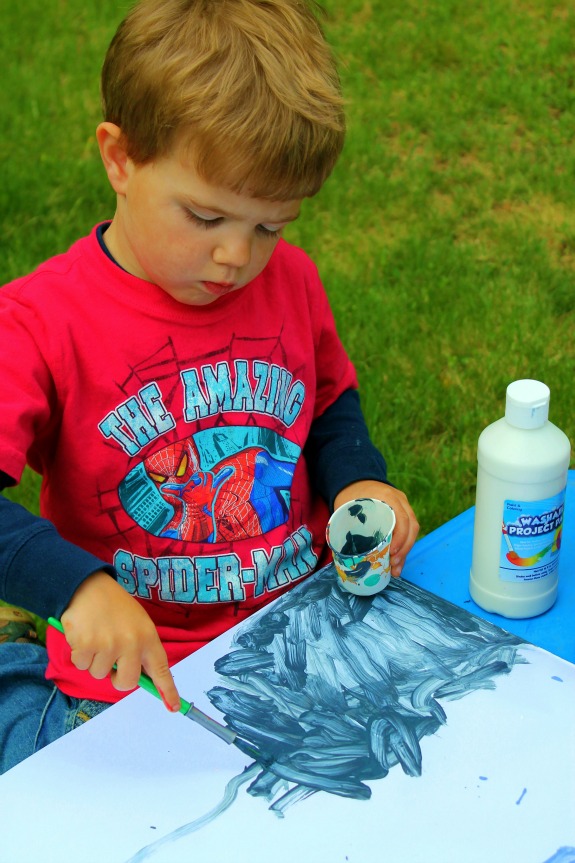


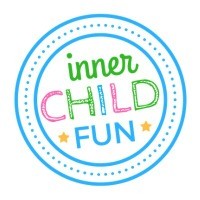


What a fun way to learn about color mixing!